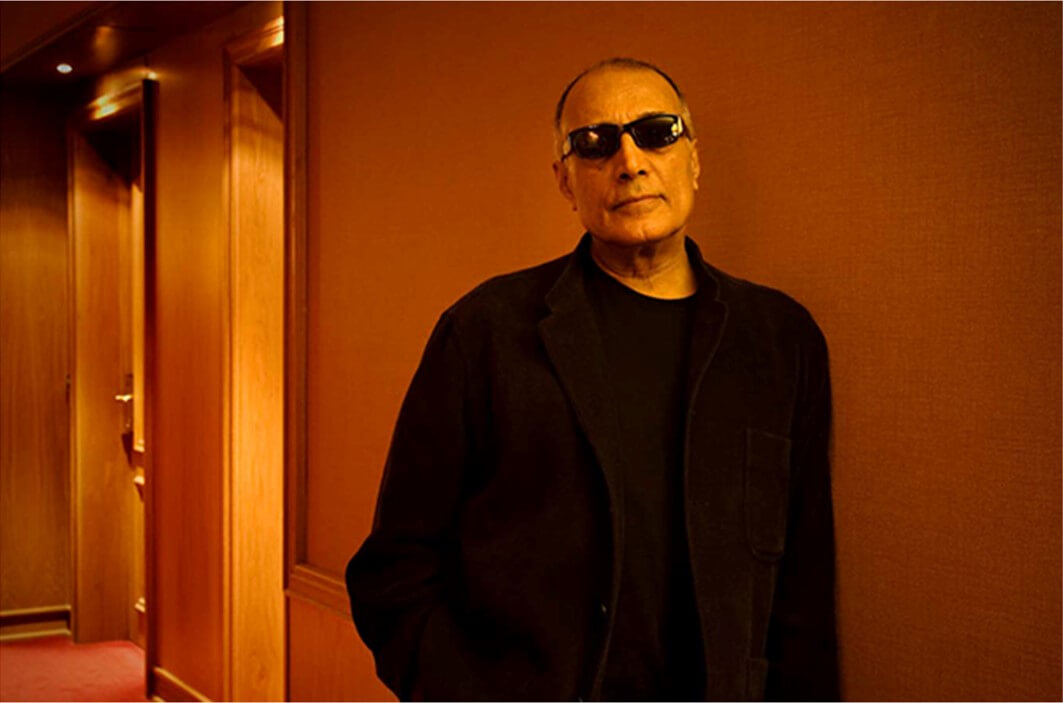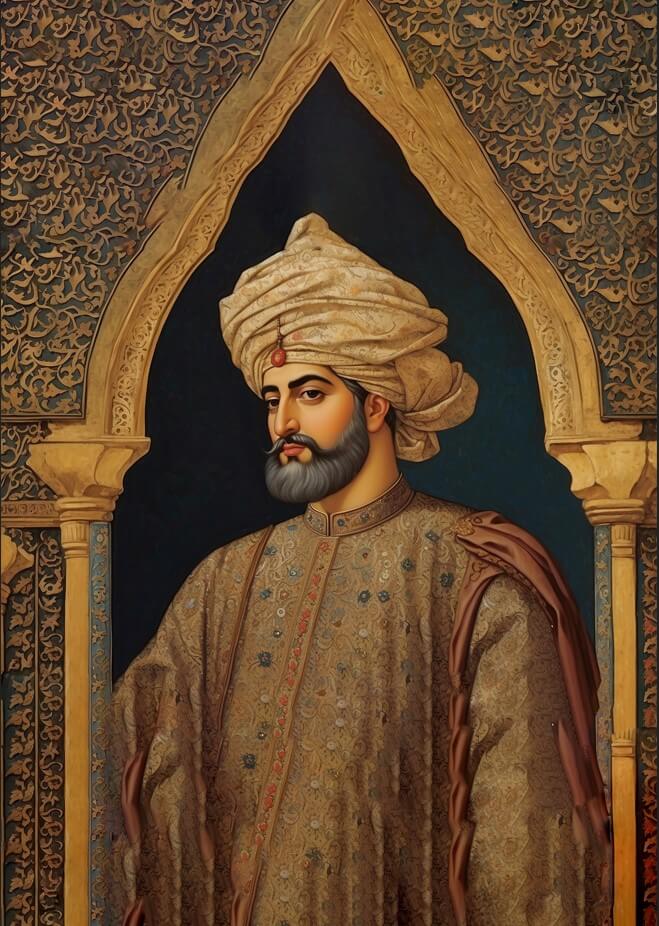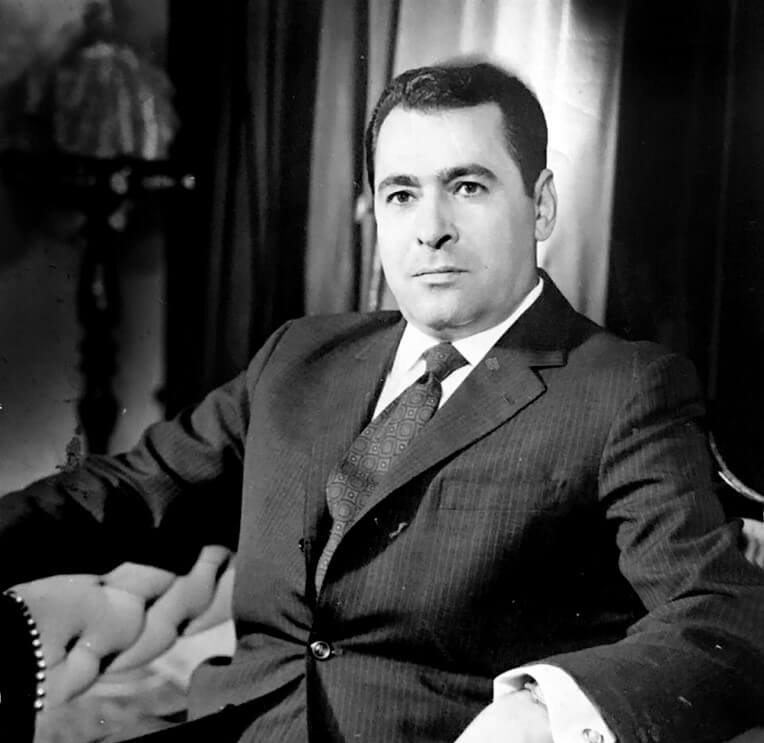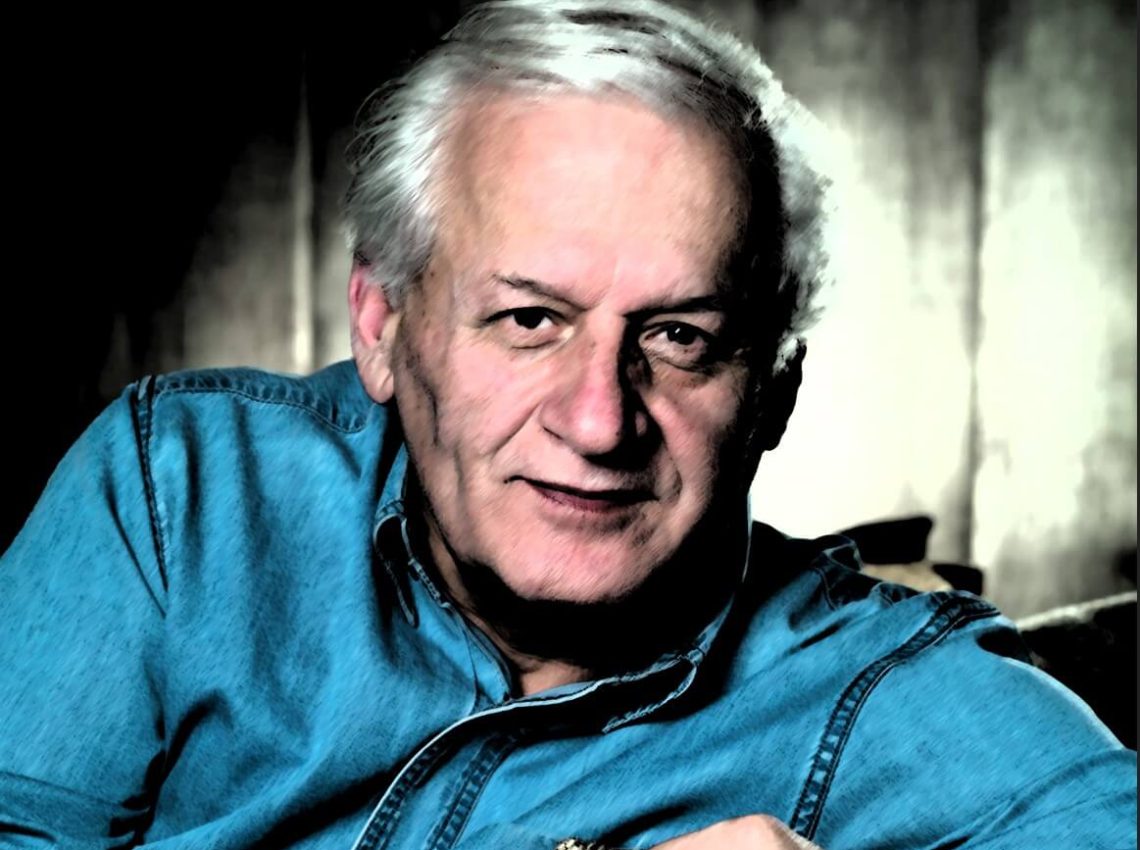Walk on Art: Unveiling the Story in Persian Rugs
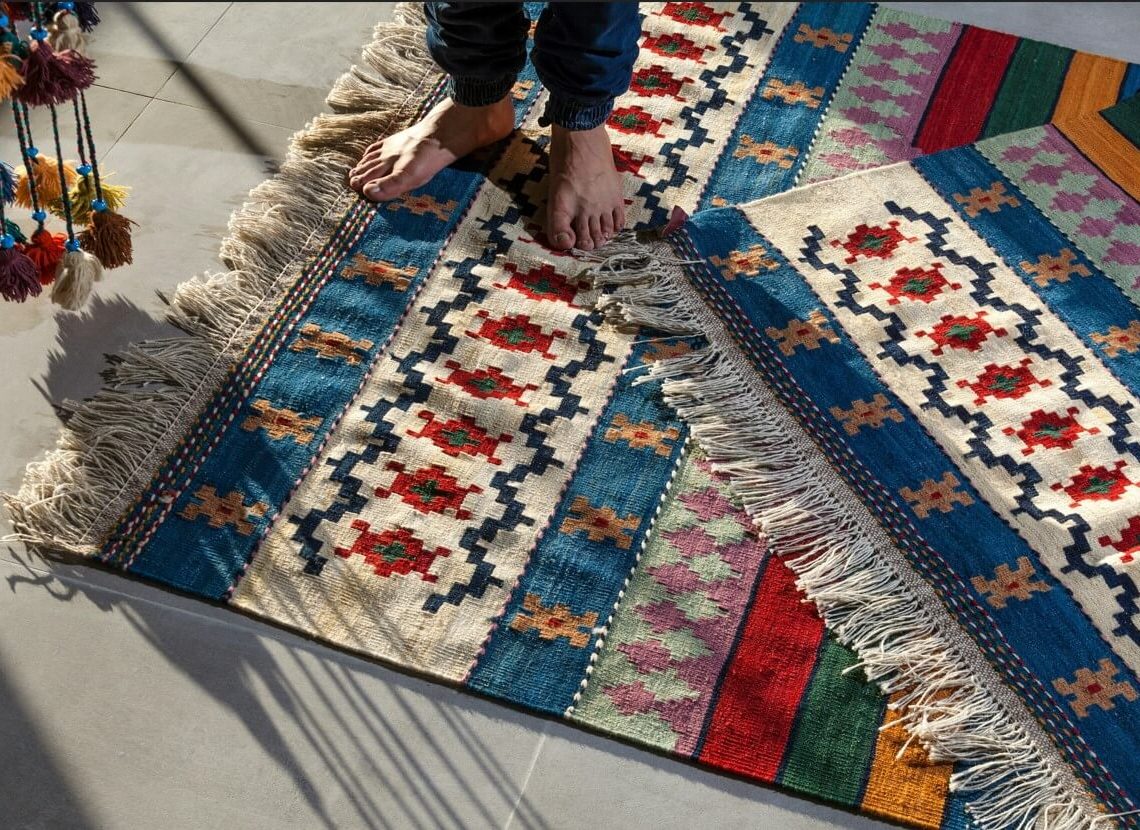
The Persian rug, a kaleidoscope of colors and intricate designs, stands as a timeless testament to the rich cultural tapestry of Iran. These rugs are not mere decorative items but are imbued with deep cultural, historical, and social significance, serving as a woven narrative of the Iranian spirit and heritage.
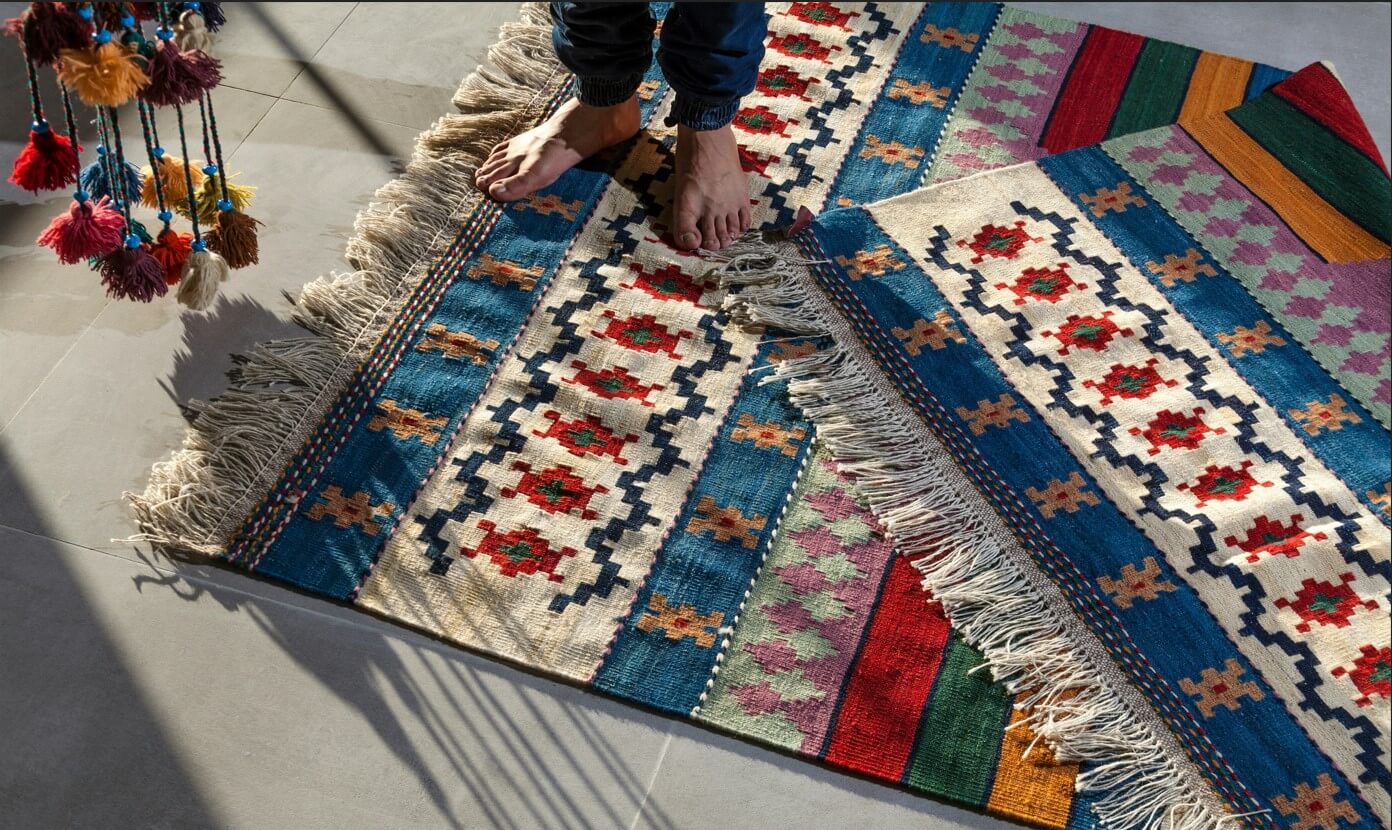
Historical Roots and Artistic Expression
The tradition of rug weaving in Iran dates back to ancient times, with the craft being passed down through generations. Each rug is a piece of art, representing the weaver’s personal story and the broader historical and cultural context of its time. The designs often incorporate elements from Persian poetry, art, and mythology, making each rug a unique reflection of the nation’s soul.
Symbol of National Identity
In Iran, Persian rugs are more than just a luxury item or an export commodity; they are a symbol of national pride and identity. The art of rug making is a cherished heritage, deeply intertwined with Iranian culture and history. These rugs serve as a testament to the skill, creativity, and dedication of Iranian weavers, who have preserved this ancient craft against the odds of changing times and political upheavals.
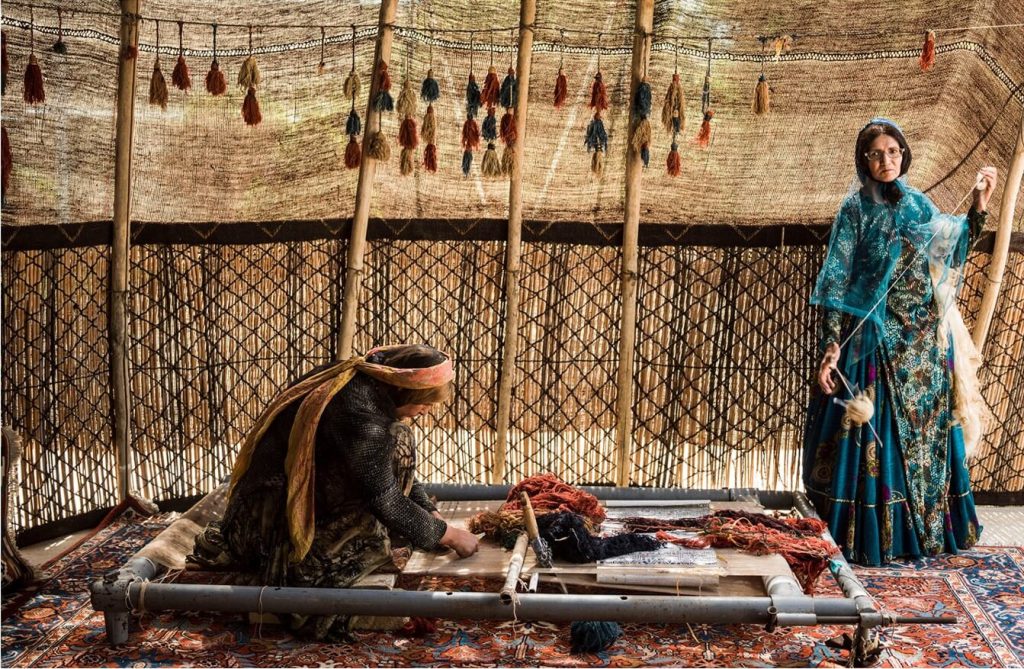
Social and Economic Impact
The production of Persian rugs has historically been a vital part of Iran’s economy, providing livelihoods for millions of people across the country. In rural and nomadic communities, rug weaving is a family-centered activity, where knowledge and skills are passed from one generation to the next. The sale of these rugs supports not only individual families but also sustains local economies and preserves traditional lifestyles.
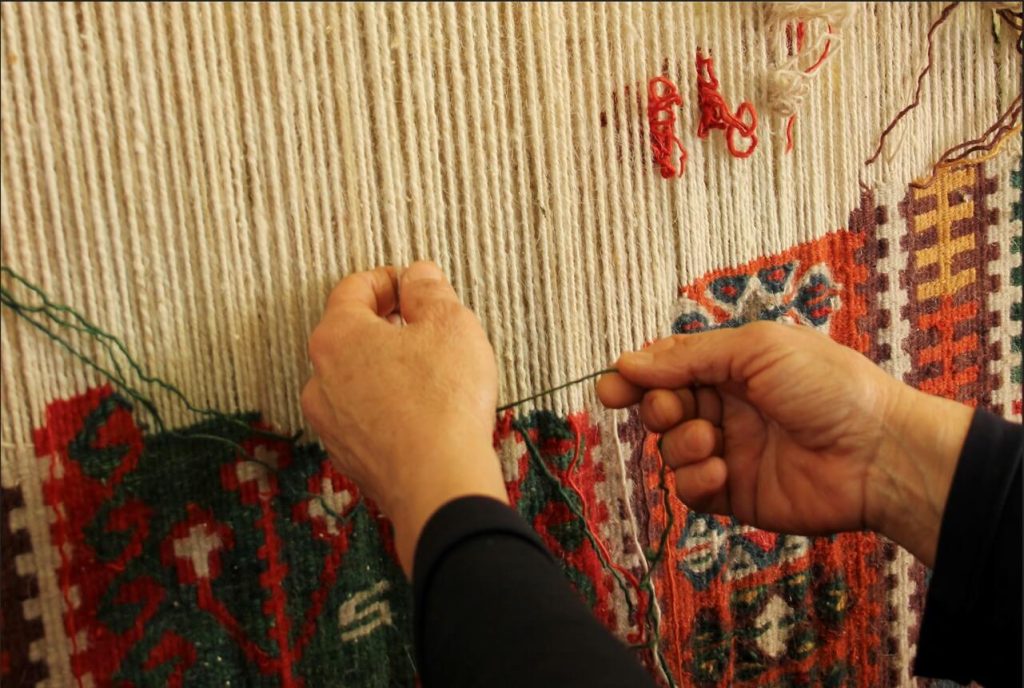
A Canvas of Cultural Narratives
Each Persian rug tells a story, woven with symbols and motifs that reflect the cultural, religious, and philosophical beliefs of its maker. For example, the tree of life design symbolizes eternal life, while various animal motifs may represent power, luck, or prosperity. The act of weaving a rug is, therefore, a form of storytelling, capturing the essence of Persian folklore, history, and identity.
Diplomatic and Cultural Ambassador
Internationally, Persian rugs have served as diplomatic gifts and cultural ambassadors, showcasing the finesse of Iranian artistry on the global stage. They are revered in museums, galleries, and private collections worldwide, not only for their aesthetic appeal but also for their cultural and historical significance.
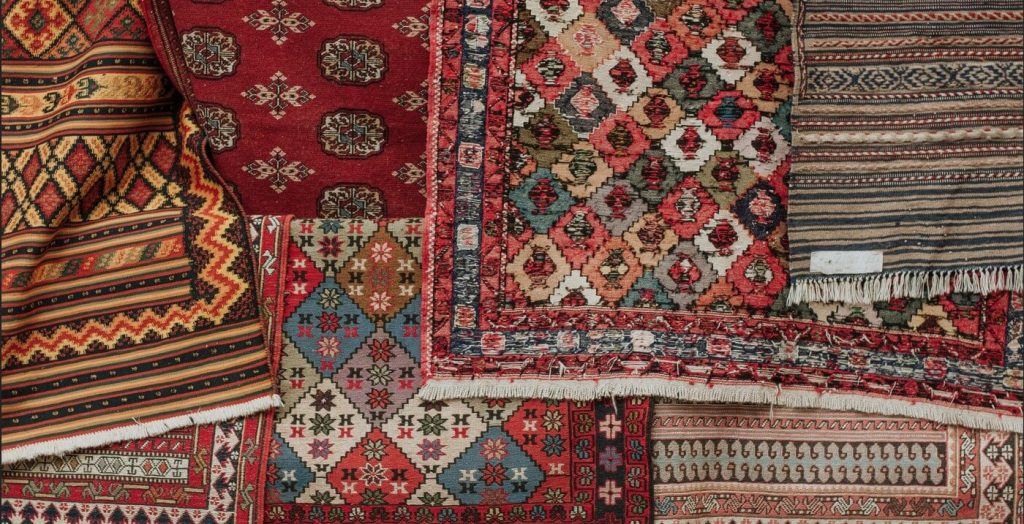
Challenges and Preservation
Despite their importance, the tradition of Persian rug weaving faces challenges, including industrialization, market competition, and the loss of traditional methods. However, efforts are underway to preserve this cultural heritage through education, museum exhibitions, and encouraging the next generation of weavers. These initiatives aim to keep the tradition alive and relevant, ensuring that the legacy of Persian rugs continues to be a vibrant and integral part of Iranian culture.
Conclusion
In the heart of Iranian culture, the Persian rug represents more than an object of utility or beauty; it embodies the soul of a nation, weaving together history, art, and community. Its significance transcends time and geography, making it a cherished emblem of Iran’s cultural legacy and a testament to the enduring spirit of its people. As we step into the future, the Persian rug remains a symbol of the intricate beauty and rich heritage of Iran, a legacy woven with threads of tradition, identity, and pride.


